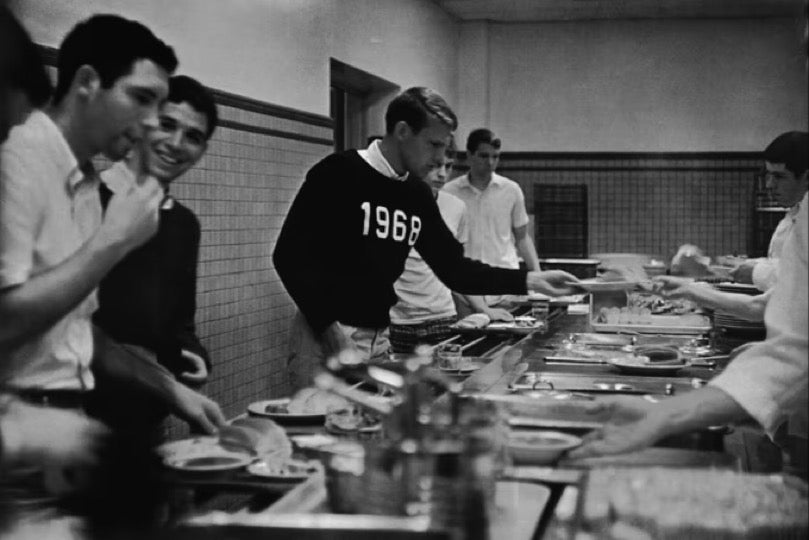The Ivy League

The Birth of the Ivy League
It all started in the 18th century when a few colleges sprouted up in the Northeast, primarily to train ministers and promote education. Harvard, founded in 1636, was the first, followed by Yale in 1701 and Princeton in 1746. As the United States grew, so did these schools, transforming into elite institutions that attracted students from well-off families. The term “Ivy League” emerged in the mid-20th century, referring to eight prestigious schools known for their athletic competitiveness amongst each other and social prestige: Harvard, Yale, Princeton, Columbia, the University of Pennsylvania, Dartmouth, Brown, and Cornell. And thus, over the years, these universities became symbols of status and privilege. They reject 95% of applicants and produce CEOs who become the richest 1% and their endowments are bigger than the GDP of 100 countries.
An Allure of Prestige
So, what draws students to these prestigious schools? The perks of attending an Ivy League institution are hard to ignore. Students benefit from rigorous academics that foster a strong work ethic and critical thinking. The networks formed during these years often lead to impressive job opportunities and connections that can last a lifetime. For many, attending an Ivy League school represents the peak of academic achievement—a badge of honor signifying not just intelligence, but also ambition and dedication. Additionally, these schools offer rich resources, top-notch faculty, advanced facilities, and expansive libraries. Financial aid programs, often overshadowed by discussions of privilege, can also make these prestigious schools more accessible than one might think. For example, Harvard's financial aid program allows students from families earning less than $65,000 a year to attend for free, according to the Harvard Financial Aid Office.
The Cycle of Privilege
However, the insular nature of these institutions can create a cycle of seemingly well earned privilege. According to a 2021 study from the Brookings Institution, nearly 75% of students at Ivy League schools come from the top 20% of income earners. Additionally, approximately 80% of Ivy League graduates secure jobs in their field within six months of graduation—compared to a national average of around 60% for all college graduates. Of the 45 US presidents, 16 went to Ivy League schools. That's over 35%. And since 1980, every president has had an Ivy League degree. The admissions process often favors those with connections, legacy status, and financial resources, prompting ongoing debates about fairness and meritocracy.
Strides Toward Inclusivity
Despite this, efforts to enhance diversity are underway. Many Ivy League schools have implemented targeted outreach programs, formed partnerships with schools in underserved communities, and committed to more inclusive admissions processes. They now evaluate applicants based on a wider range of factors, such as personal background, achievements, and life experiences, rather than solely on standardized test scores. This approach has helped to create a more inclusive atmosphere where students from diverse backgrounds feel valued and supported.
Coping with Pressure
Alongside these pressures, substance use has become a significant concern on Ivy League campuses. The demanding coursework and pressure to succeed—along with the social expectations associated with attending such prestigious schools—can lead students to seek relief through alcohol and drugs. What may start as a celebration can quickly blur into coping mechanisms that spiral into addiction and mental health struggles. A 2019 study published in JAMA Network Open found that nearly 40% of Ivy League students reported feeling overwhelmed by their responsibilities. Earlier studies indicated that one in five students at an Ivy League college misuses a prescription stimulant to get ahead academically, which can lead to increased dependency.
Navigating a Complex Legacy
As we reflect on the Ivy League’s complex legacy, it becomes clear that these institutions are not merely places of learning; they are powerful entities shaping society. The Ivy League embodies both the pinnacle of academic achievement and a microcosm of the challenges faced by today’s students. While these prestigious schools offer incredible opportunities and resources, they also reflect deeper societal issues like privilege, mental health struggles, and substance use. As they navigate these complexities, there is a growing awareness of the need for a more inclusive and supportive environment that prioritizes well-being alongside excellence. Ultimately, the hope is that the Ivy League can evolve to better serve all students, fostering a community where diverse voices are heard, and everyone has the chance to thrive.



